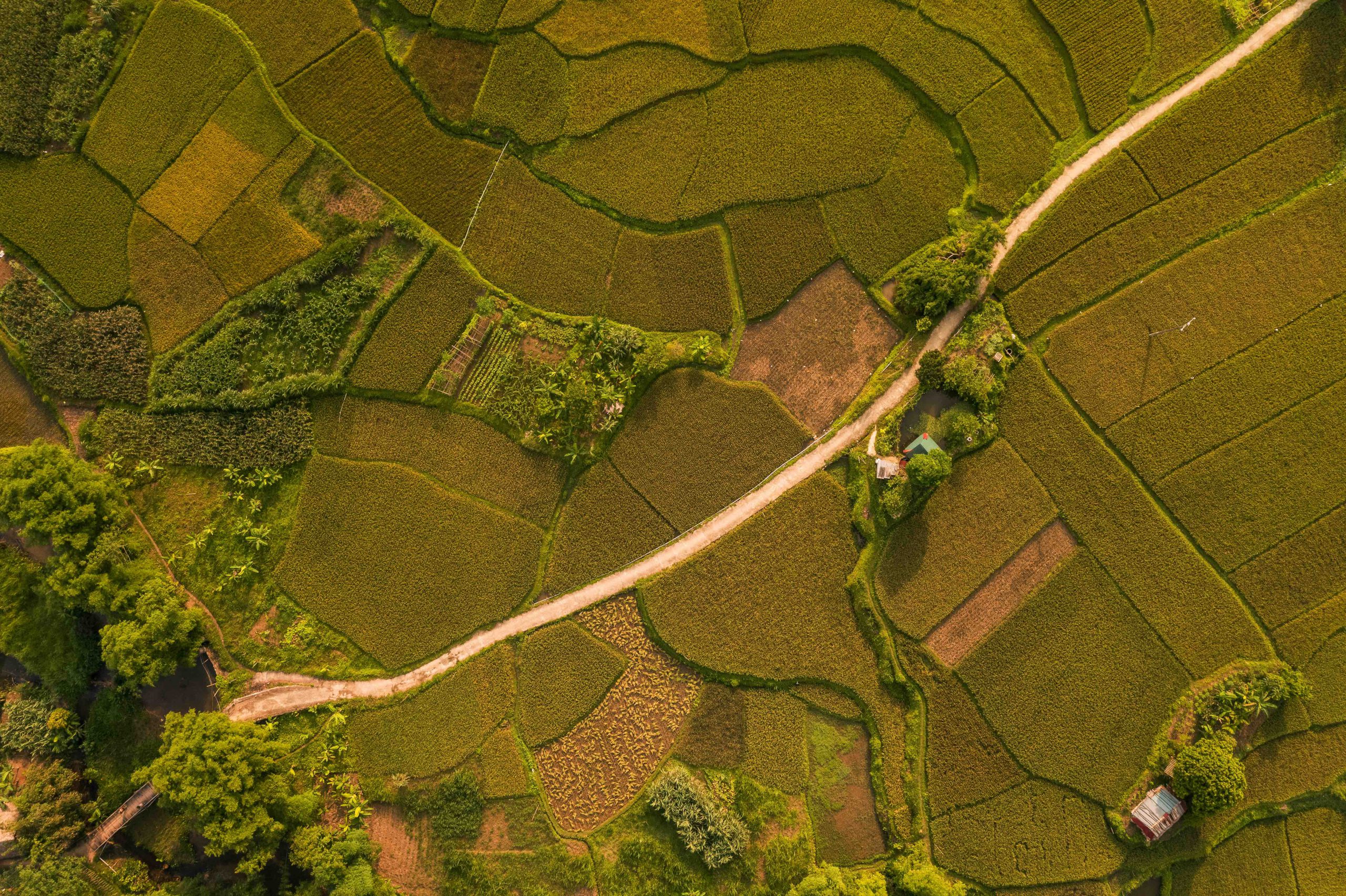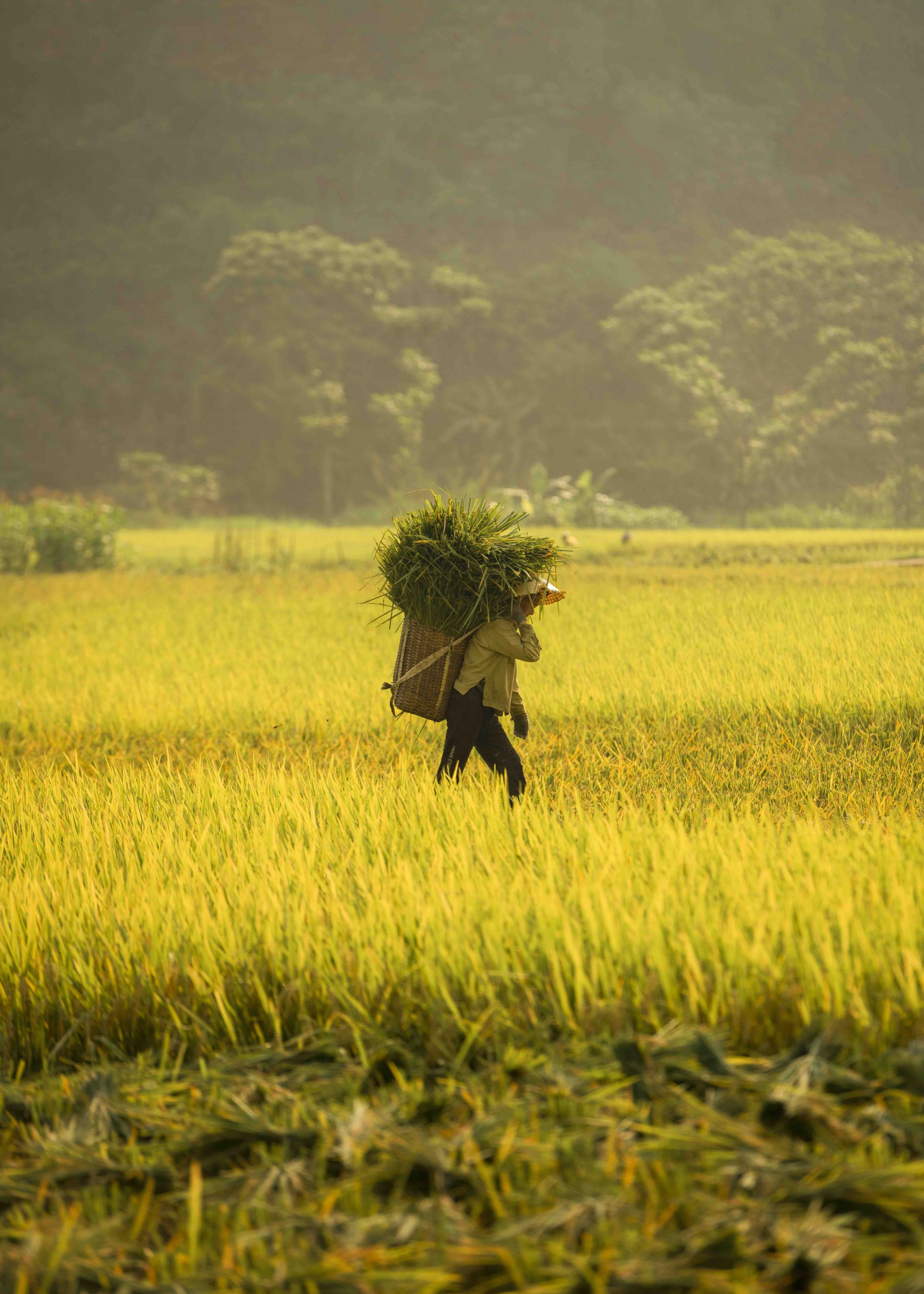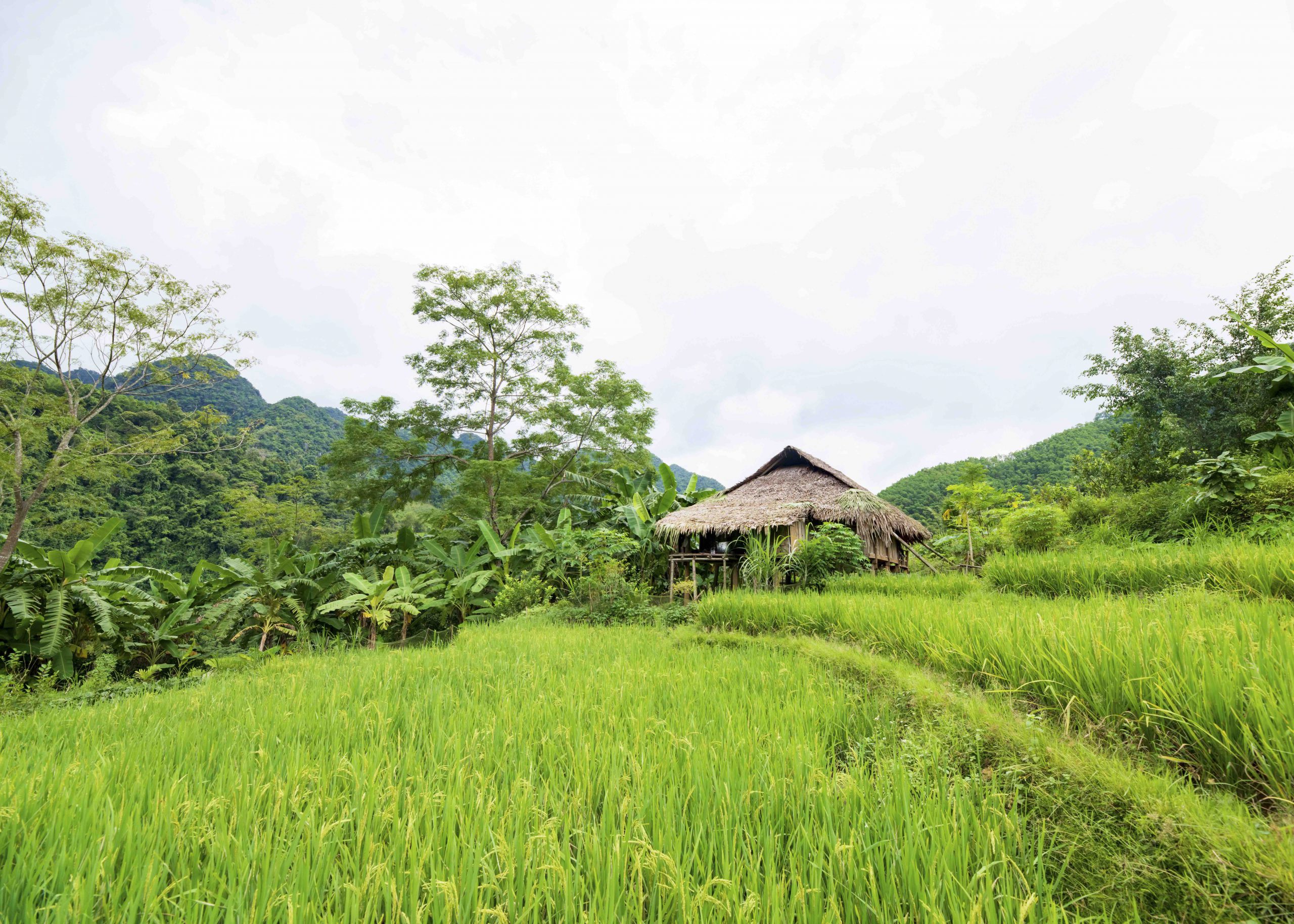Story: Thai A
Photos: Dao Canh
The locals claim that the rice fields are lovelier in June than in September, but visitors to Pu Luong find every season breathtaking.

Not long ago, Pu Luong was known merely as a nature reserve that was less renowned than those of Cuc Phuong or Ba Be. Today, this destination has become a bustling tourist spot. Set amidst primeval forests, where the Ma River flows gently and sometimes roars, Pu Luong is isolated from modern life. Visitors will find peaceful scenes of terraced fields, waterwheels, and stilt houses where smoke from straw fires drifts from the kitchens.

While hotels, resorts, and homestays are being built even in remote villages, Pu Luong still retains the essence of centuries past. The region’s indigenous Thai people have their own way of life, preserving traditional farming and animal husbandry methods and customs typical of this mountainous area. This distinct local culture sets Pu Luong apart from other tourist destinations that have exploded in popularity, like Sa Pa, Bac Ha, and Phu Quoc.
The two golden rice seasons in June and September attract photographers from throughout Vietnam and abroad. Unlike the grand terraces of Mu Cang Chai (Yen Bai), the terraced fields in Pu Luong are small and charming. Scattered along the hillsides, encircling villages, and nestled under forest canopies, they appear unexpectedly around each bend.

Visitors are amazed by the clusters of bamboo waterwheels in Ban Cong commune, which creak day and night, channeling the stream’s water from low to high fields. These scenes form precious backdrops for photographers, especially if they chance upon young women in traditional ethnic attire relaxing by the mountains’ rotating water wheels.
Returning to Pu Luong’s terraced fields, people delight in the golden season when picturesque and dreamy clusters of rice shine under the sun. The locals claim that the rice fields are more beautiful in June than in September, but visitors find Pu Long breathtaking in every season, especially when walking or cycling on the paths that link one village to another. After hours of tirelessly photographing the rice fields and chasing the clouds, it’s pure bliss to return to a stilt house, inhale the faint aroma of rice cooking on a wood stove, and invite each other to enjoy dishes that taste of the mountains.
Local specialties include new rice served with mountain snails steamed with ginger, bagrid catfish cooked with sour bamboo shoots, and Bangana lemassoni fish stuffed with herbs and spices like lemongrass, shallots, wild pepper, and doi seeds before being wrapped in banana leaves and grilled until crisp. Drivers and guides often hail Co Lung duck as the area’s best dish, while those with a taste for exotic flavors love khau nhuc, a type of braised pork typical of the border region. Perhaps the simplest yet most endearing flavor is that of new rice, whether sticky or ordinary, which exudes a nostalgic and fairytale-like scent when cooked over a hot fire.
In Pu Luong, each terraced field is gradually harvested. As in old folk tales, the grains of rice rush into waiting baskets, bask in the warm sunlight, and when dried, fill the granaries beside the houses, quietly nurturing golden dreams under the roofs of the stilt houses.










